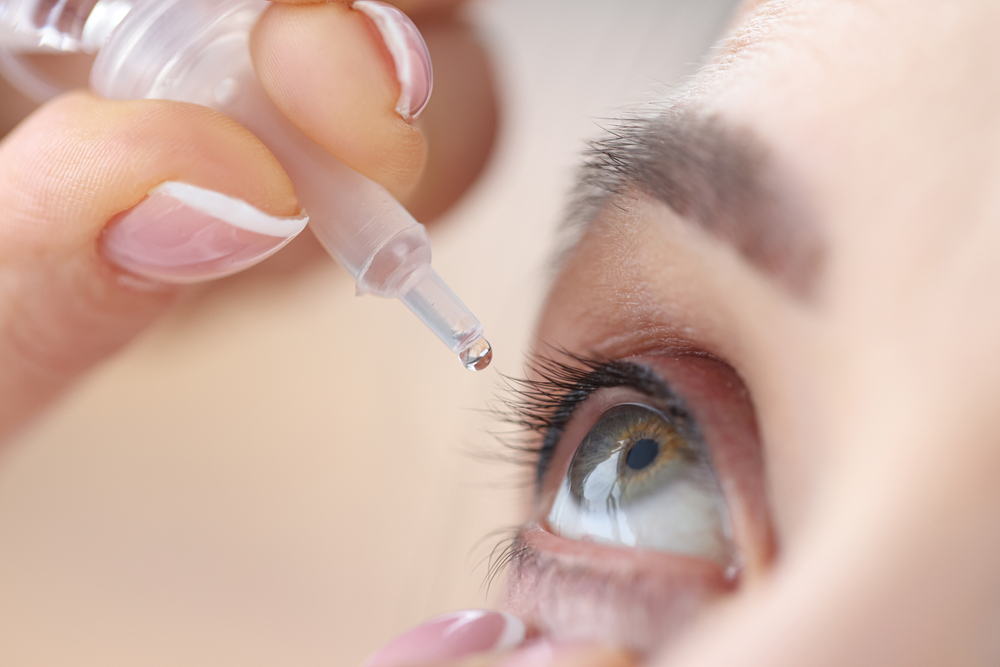What Are the Symptoms of Dry Eye?

The tear film that covers your eyes is composed of three main layers: an outer oily layer, a middle watery layer, and an inner mucus layer. When any of these layers are disrupted, it can cause the tears to evaporate too quickly, leading to dry eye.
What is Dry Eye?
Dry eye is a common and often chronic condition that occurs when your eyes don't produce enough tears or when the tears you do produce evaporate too quickly. This can lead to a variety of uncomfortable symptoms that can significantly impact your quality of life.
Common Causes of Dry Eye
Several factors contribute to this condition, and understanding the causes can help individuals manage and treat their symptoms more effectively. One of the primary causes of dry eye is age. As people age, tear production tends to decrease, making older adults more susceptible to dry eye syndrome. Additionally, hormonal changes, particularly in women during pregnancy, menopause, or while using hormone replacement therapy, can also lead to reduced tear production.
Environmental factors also play a significant role in dry eye. Exposure to dry climates, wind, smoke, and air conditioning can accelerate tear evaporation, leaving the eyes feeling dry and irritated. Similarly, prolonged screen use, such as working on a computer or staring at a smartphone, reduces blinking frequency, leading to increased tear evaporation.
Another common cause is underlying health conditions or the use of certain medications. Autoimmune diseases, like Sjogren’s syndrome, rheumatoid arthritis, and lupus, can affect tear production by attacking the glands responsible for creating tears. Additionally, medications such as antihistamines, decongestants, antidepressants, and diuretics can reduce tear production as a side effect. Understanding these causes can guide individuals toward appropriate treatments, such as using artificial tears, lifestyle modifications, or consulting an eye care professional for more advanced therapies.
Recognizing the Symptoms of Dry Eye
The symptoms of dry eye can vary from person to person, but some of the most common include:
Burning, stinging, or scratchy sensations in the eyes
Redness or irritation
Sensitivity to light or glare
Blurred vision or eye fatigue
Feeling like there is a foreign object in the eye
Watery eyes
These symptoms can range from mild to severe, and they may worsen throughout the day or in certain environments. If you're experiencing any of these symptoms, it's important to seek medical attention to determine the underlying cause and get the appropriate treatment.
The Importance of Early Diagnosis for Personalized Treatment
Early diagnosis and treatment of dry eye are crucial for managing the condition effectively. Your optometrist can perform a comprehensive eye exam to assess the severity of your dry eye and identify the underlying causes. This information is essential for developing a personalized treatment plan that addresses your specific needs.
During the examination, your eye doctor may use a variety of diagnostic tests, such as tear film analysis, corneal staining, and meibomian gland evaluation. These tests can help determine the type and severity of your dry eye, as well as identify any underlying conditions that may be contributing to the problem.
Once your dry eye has been properly diagnosed, your doctor can recommend a tailored treatment plan to help alleviate your symptoms and improve your overall eye health.
Optimizing Your Eye Health and Comfort with Justice Vision Clinic
Dry eye can be a frustrating and persistent condition, but with the right treatment and management strategies, you can find relief and improve your quality of life. By understanding the causes of your dry eye, recognizing the symptoms, and working closely with your eye care provider, you can develop a personalized treatment plan that addresses your specific needs.
If you're experiencing dry eye symptoms, schedule a consultation with Justice Vision Clinic for a personalized treatment plan to help you find relief and improve your overall eye health. Contact our office in Duluth, Georgia, by calling (770) 626-7883 to book an appointment today.







